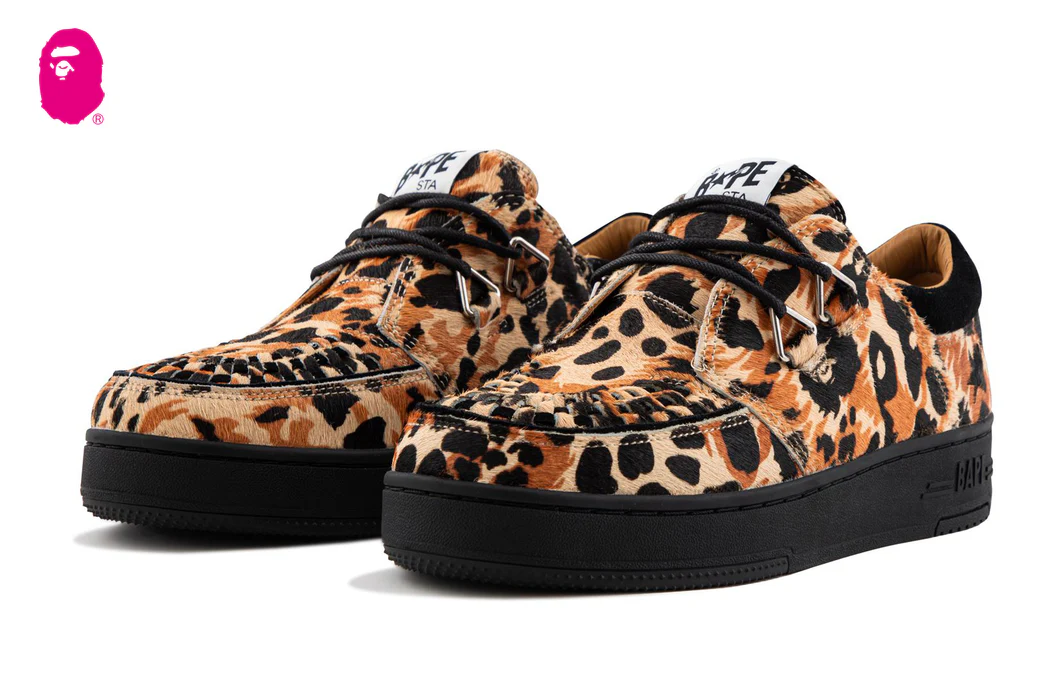In an era of algorithmic aesthetics and trend-chasing silhouettes, Tom Sachs’ muse with Nike remains a rare beacon of principled design. The NikeCraft Mars Yard 3.0, the latest chapter in an interdisciplinary lineage that began in 2012, is not just a shoe—it’s a research artifact, a living object created to be worn, weathered, and ultimately transformed through use. Unlike other collabs, which chase status, Mars Yard 3.0 demands participation. This is footwear born from the lab, not the hype cycle.
Genesis: From Aerospace to Earthwear
The Mars Yard series was born out of Sachs’ longstanding obsession with NASA, precision engineering, and material honesty. The original 2012 Mars Yard was developed for aerospace engineer Tommaso Rivellini, using vectran fabric—the same material found in Mars Excursion Rover airbags. It was created not to please the fashion world but to outfit a new kind of terrestrial astronaut: someone navigating the chaos of contemporary life.
The 2.0 in 2017 upgraded the formula, but also exposed its weakness—the mesh-toe upper proved too fragile under rigorous use. Nike and Sachs learned. The 3.0 arrives not as a marketing correction, but as a lesson made flesh.
The result? A shoe that embraces imperfection as evolution.
Design Ethos: Analog Over Algorithm
At first glance, the Mars Yard 3.0 resembles its predecessors—beige tones, red pull-tabs, gum outsole—but every detail is newly reconsidered. Sachs doesn’t iterate for style’s sake; he revises like a scientist: data in, outcome out.
- Upper: Gone is the vulnerable mesh. In its place: quilted polyester knit, a more resilient material meant to age with dignity.
- Midsole: Retains the Phylon foam for lightweight durability.
- Outsole: The signature waffle traction pattern remains, grounding the shoe in Nike heritage while ensuring real-world grip.
The hallmark red straps and heel tab are functional reminders: this isn’t lifestyle gear—it’s field equipment.
In the world of Sachs, the shoe is a tool. Its design communicates resilience, purpose, and transparency. No gimmicks. No synthetics that disguise wear. Mars Yard 3.0 welcomes entropy.
Materiality: Wear as Data
A defining feature of the Mars Yard series is its deliberate vulnerability. Sachs insists on materials that evolve through wear—not break, but change. This is a rejection of the “deadstock” mentality that grips sneaker culture. In Sachs’ view, a pristine shoe is a failure of intention.
For 3.0, the quilted upper was tested in Sachs’ WEARTESTING program—a regimented trial involving over 150 participants who logged thousands of hours of real-world use. Mud, rain, skateparks, hikes. Every abrasion, every stain, was data. The final product isn’t perfect because it’s not supposed to be. It’s meant to respond to the body, to imprint itself with your labor.
As Sachs has said: “The sneakers are just the beginning of the work. The rest is up to you.”
Cultural Function: The Anti-Hype Shoe
In a sneaker landscape defined by synthetic scarcity and algorithmic clout, Mars Yard 3.0 stands alone. It doesn’t promise exclusivity through raffles or resale. It promises meaning through wear. You earn the shoe’s character, not through hype, but through action.
The cultural power of the 3.0 lies in its resistance to performance spectacle. Sachs doesn’t traffic in performance stats or carbon-plated speed. He’s not concerned with the sport of running but the ritual of walking—of living in your clothes and letting them talk back.
This puts the shoe in dialogue with broader art practices. Mars Yard 3.0 is the footwear version of Sachs’ sculpture practice: utilitarian, rough-edged, symbolic, and ferociously honest. It’s not about looking athletic—it’s about being intentional.
NikeCraft as Practice, Not Brand
Mars Yard 3.0 doesn’t belong under Nike Sportswear or ACG or Jordan Brand. It lives under the NikeCraft banner—a concept space where art, science, and sweat intersect. NikeCraft, as Sachs conceives it, isn’t a collection—it’s a methodology.
The packaging reflects this ethos. Each Mars Yard 3.0 box comes with user manuals, WEARTESTING forms, and guidelines for engagement. It recalls conceptual art more than streetwear. There’s an almost monastic clarity to it—each component designed to inform, not seduce.
NikeCraft isn’t asking for your loyalty. It’s asking for your participation.
Aesthetic Restraint, Philosophical Depth
Where most sneakers today are loaded with layers, tech specs, and branding, the Mars Yard 3.0 opts for restraint. The colorway—sandstone beige, with natural tones and a red accent—feels like utilitarian minimalism, a nod to military design and scientific prototyping.
There’s no oversized swoosh, no LED paneling, no exotic leather. The shoe is anti-decorative, and in that way, deeply beautiful. Its raw stitching and exposed edgework tell a story about what it takes to make things last.
In Sachs’ world, expensively pristine isn’t about perfect—it’s about purpose.
The NikeCraft Mars Yard 3.0 isn’t a shoe for flexing. It’s a shoe for living—a canvas for experimentation, a testbed for endurance, a statement against disposability. Through Sachs’ lens, it becomes clear that the real product is not the sneaker itself, but what you do in it.
This is not performance for performance’s sake. This is philosophy rendered in foam and textile. A rejection of passive consumerism. An invitation to active engagement.
In the end, Sachs has built more than a sneaker. He’s built a belief system, foot-shaped and field-ready.
Further Reading
- “Space Program: Mars” by Tom Sachs – Exhibition Catalogue
- “The Ten Bullets” – Sachs’ studio manifesto
- NikeCraft official documentation and WEARTESTING summaries
No comments yet.









